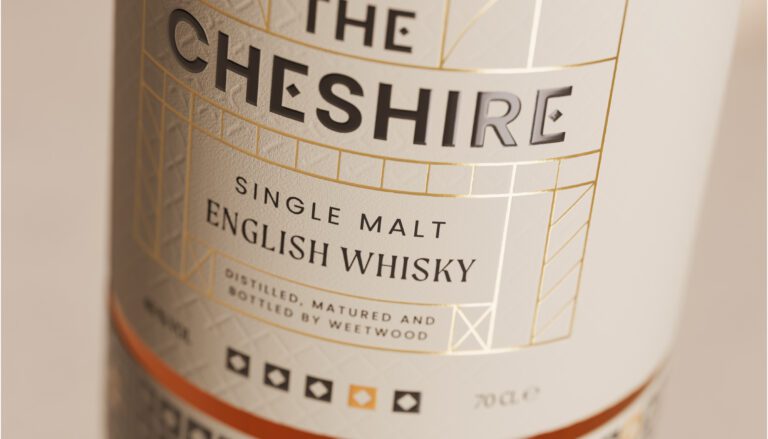For the first time in over 100 years, English distilleries are firing up their stills for producing whisky again.
Since 2009 we’ve seen a slow, but steady, increase in English whisky production.
The craft beer boom led to a craft spirits boom, with small distilleries opening to capitalise on the incredible thirst for gin. And now they are turning their attention to the world of single malts. But what can we expect from English whisky in the coming years?
Well, expect the unexpected.
English distilleries have distinct advantages over their counterparts north of the border.
Firstly, Scotland has a much tighter layer of control – the Scotch Whisky Regulations – they need to adhere to. Whilst this brings consistency and quality, it also restricts their ability to experiment and explore.
The smaller scale of English distilleries also comes with advantages – agility. With the majority of companies being small, independent craft distilleries, the “founder-run” nature of English whisky-making is a welcome relief from the increasingly corporate world of Scotch. Maturation is in smaller casks with a quicker turnaround and smaller stock reserves, they can quickly adapt to market trends, diversifying and exploring new grain varieties, wood types and finishes, to meet the demands of the consumer.
With a similar climate to Scotland, English whisky-makers are not only able to learn from the history and heritage of Scotch, but benefit from the greater freedom they have to create without the restrictions of what can often be a very traditional category. This means there is a huge variety in English whisky and the production techniques they use.
The Oxford Artisan Distillery whose whisky is made with ancient heritage grains (the only in the world to use them), is a good example; or East London Liquor Co, who age its rye whisky in a mixture of London brandy, Hungarian oak, regenerated oak, and American oak; or Bimber Distillery which ages its liquid in ex-Islay peated quarter casks.

Our client Weetwood and The Cheshire single malt is a prime example of how small batch focus on flavour and terroir over volume and reach can bring exciting new innovations.
Aged in bespoke quarter Bourbon casks which have been shaved and charred gives real depth of flavour.
Whatever the approach, setting up a whisky distillery in England is a bold move but one that offers incredible opportunities to innovate and experiment.
However you like your whisky, in a few years’ time there will be an English one to suit your tastes.
And it seems like this is just the beginning with more distilleries opening throughout 2022 and into 2023 we can expect English whisky to go from strength to strength.